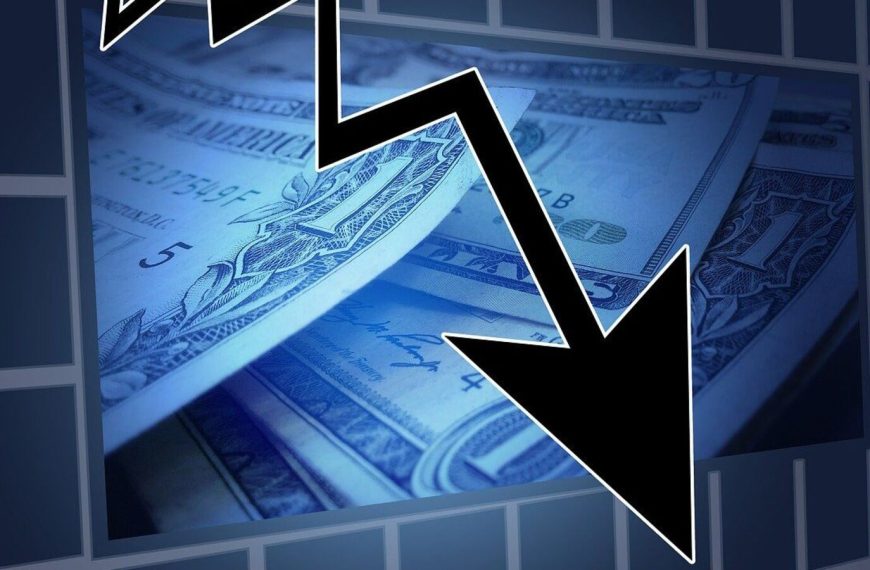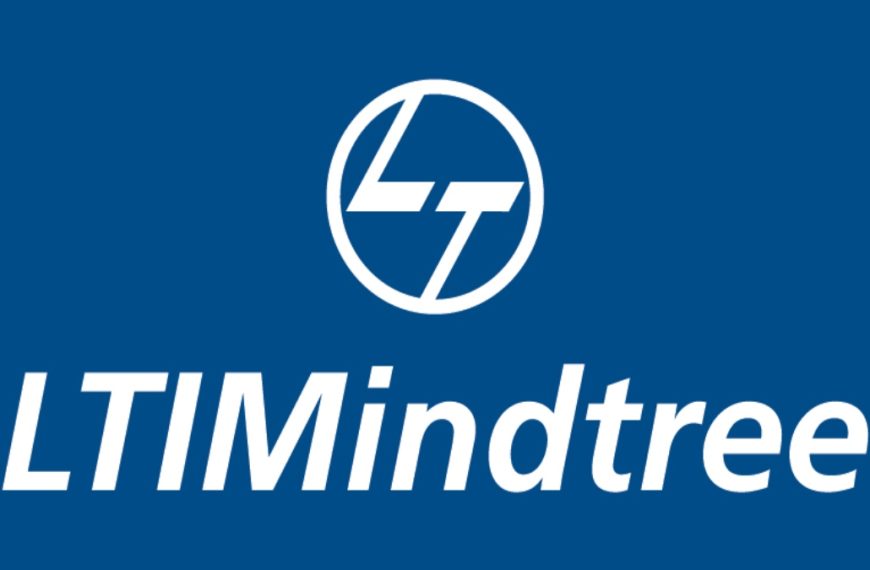As the dust settles after Donald Trump’s recent announcement of retaliatory tariffs, the Asian trading landscape tells a mixed tale. While many markets faced significant declines, India’s stock exchange, known as Dalal Street, managed to stand out with a modest drop of only 0.40%. This relative stability suggests that India may be better equipped to handle the 26% tariff than initially anticipated, sparking interest among investors and analysts alike.
Market Reactions to Tariff Announcements
The immediate aftermath of Trump’s tariff declarations has been challenging for many Asian economies. Here’s a snapshot of how key markets performed:
- Japan’s Nikkei: Down 2.8%
- South Korea’s Kospi: Fell by 1.1%
- Hong Kong’s Hang Seng: Decreased by 1.7%
In stark contrast, India’s resilience reflects a potentially favorable position amidst global trade tensions.
Assessing the Impact on India
While a 26% tariff may seem daunting, analysts are suggesting that its impact might not be as severe as it appears. Key insights include:
- No Immediate Threats: The tariff does not affect major Indian export sectors like IT services, pharmaceuticals, and automobiles.
- Relative Favorability: Compared to other countries facing steeper tariffs, such as China (54%) and Vietnam (46%), India’s situation appears more manageable.
According to analysts from Jefferies, the current tariffs, while significant, do not pose an immediate risk to India’s major export industries, allowing for a more optimistic outlook.
Potential Benefits Amidst Challenges
Experts believe that India might actually benefit from the fallout of these tariffs on China, which is currently grappling with a 54% tariff. Analysts at Bernstein expressed confidence that India can navigate through these challenges, preferring negotiations over escalating trade wars with the United States. This sentiment is bolstered by India’s robust goods trade surplus with the US, which stood at $46 billion in 2024, making it a crucial trade partner.
Sectors Facing the Brunt of Tariffs
Despite the protective cushion for major sectors, not all areas remain unscathed. Analysts predict that IT services may bear the brunt of the tariff war, but not directly. The real threat arises from a potential slowdown in US discretionary spending caused by these tariffs, impacting demand across various sectors:
- Manufacturing and Logistics
- Retail
On the brighter side, industries like Healthcare and Utilities are expected to experience less disruption.
The Broader Economic Picture
While the immediate effects of Trump’s tariffs may seem limited, experts warn of potential long-term consequences. Morgan Stanley anticipates a drop in India’s GDP growth by 30-60 basis points, while HSBC estimates a possible reduction of up to 50 basis points due to the tariffs. However, India’s pharmaceutical sector remains largely insulated, which could mitigate some of the anticipated economic fallout.
Looking Ahead: Opportunities for Reform
In light of these trade dynamics, India is actively negotiating its first phase of a potential Free Trade Agreement (FTA) with the US. This could involve various concessions, from increasing imports of US oil to adjusting tariffs on agricultural products and electric vehicles. Such negotiations may also spark necessary reforms within India, including:
- Reducing tariffs
- Accelerating trade agreements
- Attracting foreign direct investment (FDI)
In summary, while Trump’s tariffs pose challenges, India’s strategic positioning and proactive trade negotiations could turn these hurdles into opportunities for growth and reform in the long run. The journey ahead may be complex, but the potential for resilience is evident.










